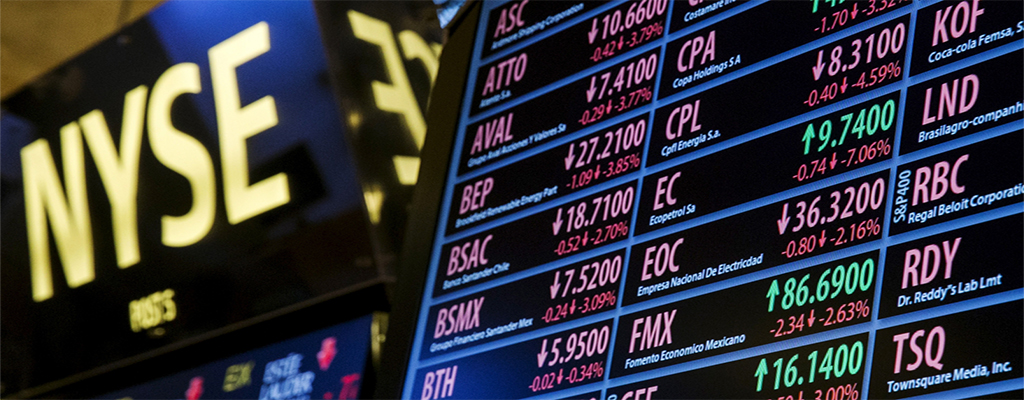Why the U.S. 35% Tariff on Canada is a Non-Story

Last week, President Trump threatened Canada (EWC) and Mexico (EWW). The U.S. planned to impose a 35% tariff on August 1.
Stock markets yawned. The Canadian dollar (FXC) did not react much, while the U.S. dollar basket (DXY) strengthened slightly.
Trump previously ended trade talks with Canada, citing the digital services tax. Netflix (NFLX) and Alphabet (GOOG) are some of the firms that would have paid the DST. Prime Minister Carney abruptly cancelled the DST to continue negotiations.
The higher rates would not apply to goods under the USMCA (United States-Mexico-Canada Agreement) deal. In addition, energy and fertilizers, which the U.S. needs, are not subject to the tariff.
Nutrien (NTR) is a fertilizer firm that investors might consider holding. In the energy sector, Cenovus Energy (CVE) trades at a low price-to-earnings ratio. It stood at around a 13 times multiple.
Unjustified Tariff
The U.S. basis for the tariff is illegal fentanyl coming from Canada. Yet this accounted for 0.2% of the U.S. total. The U.S. also increased the budget for Immigration and Customs Enforcement. This created fear, hurting the tourism industry. It remains to be seen if ICE helped cut drug-related smuggling.
As ICE activities increase, CoreCivic (CXW) and Geo Group (GEO) should perform well.









































